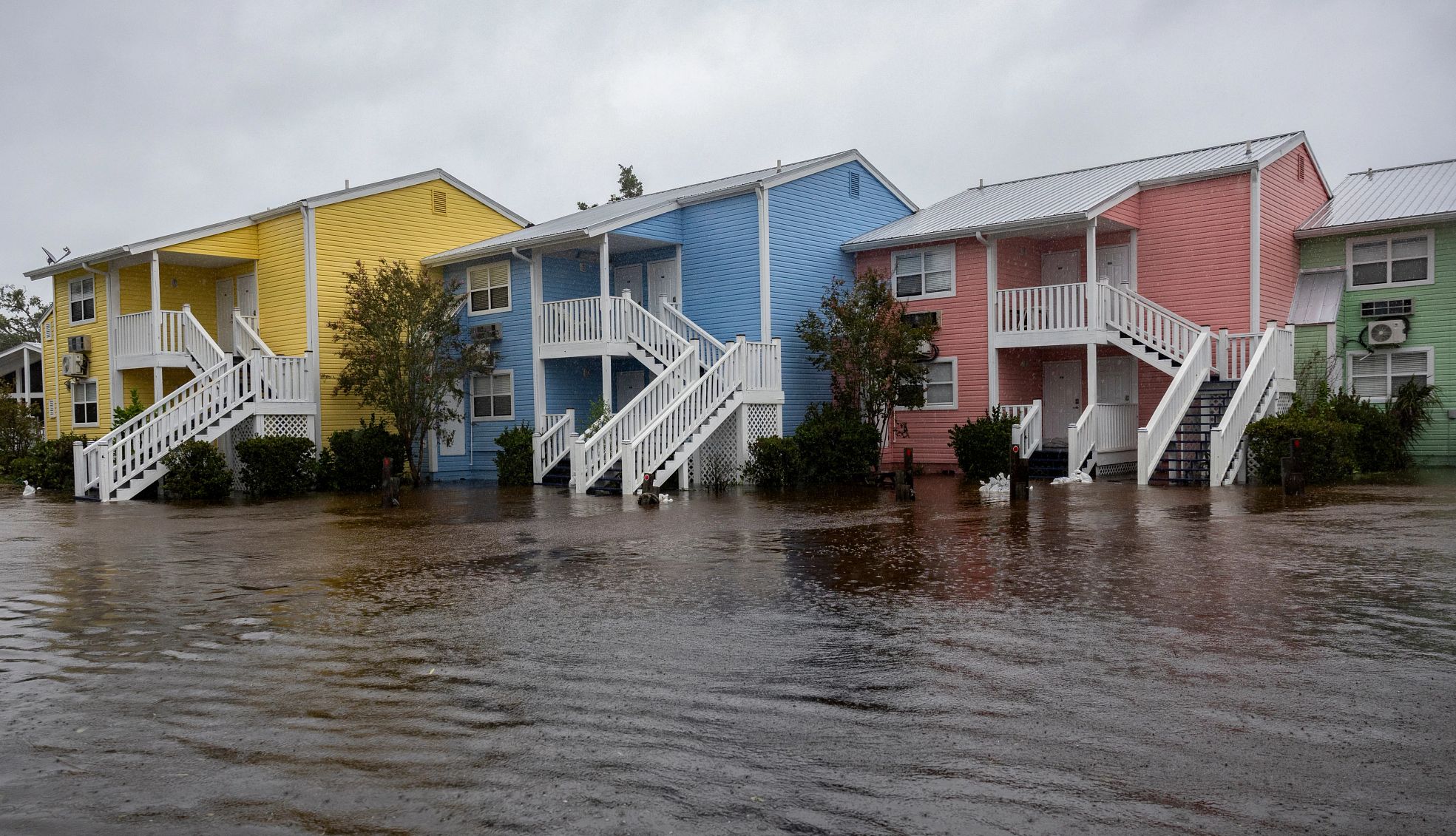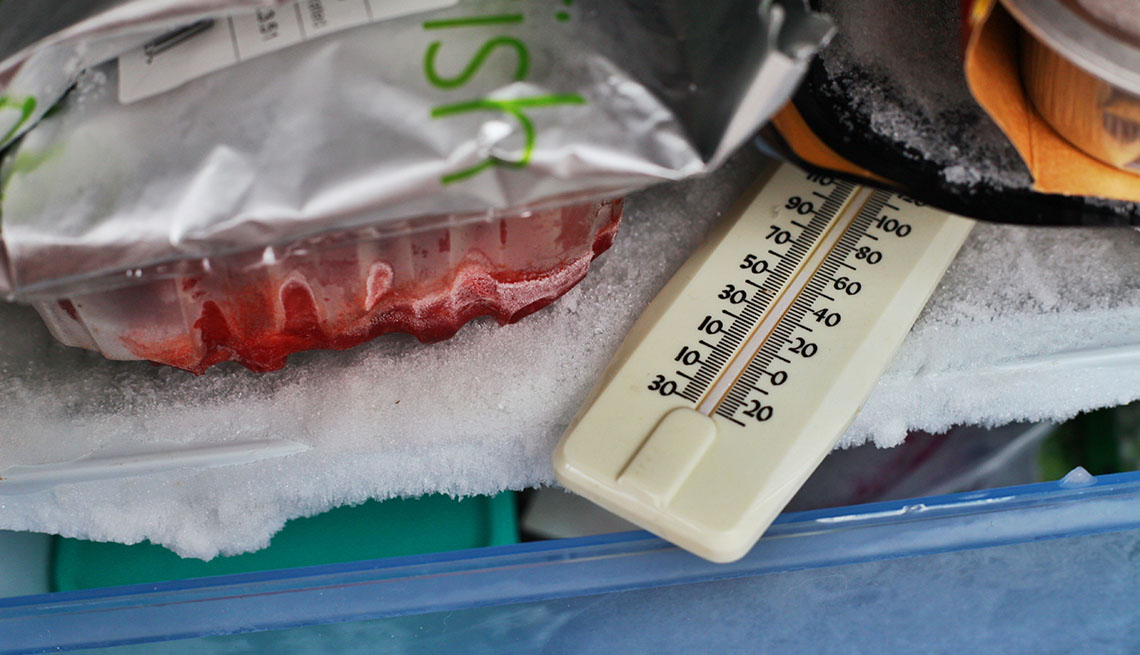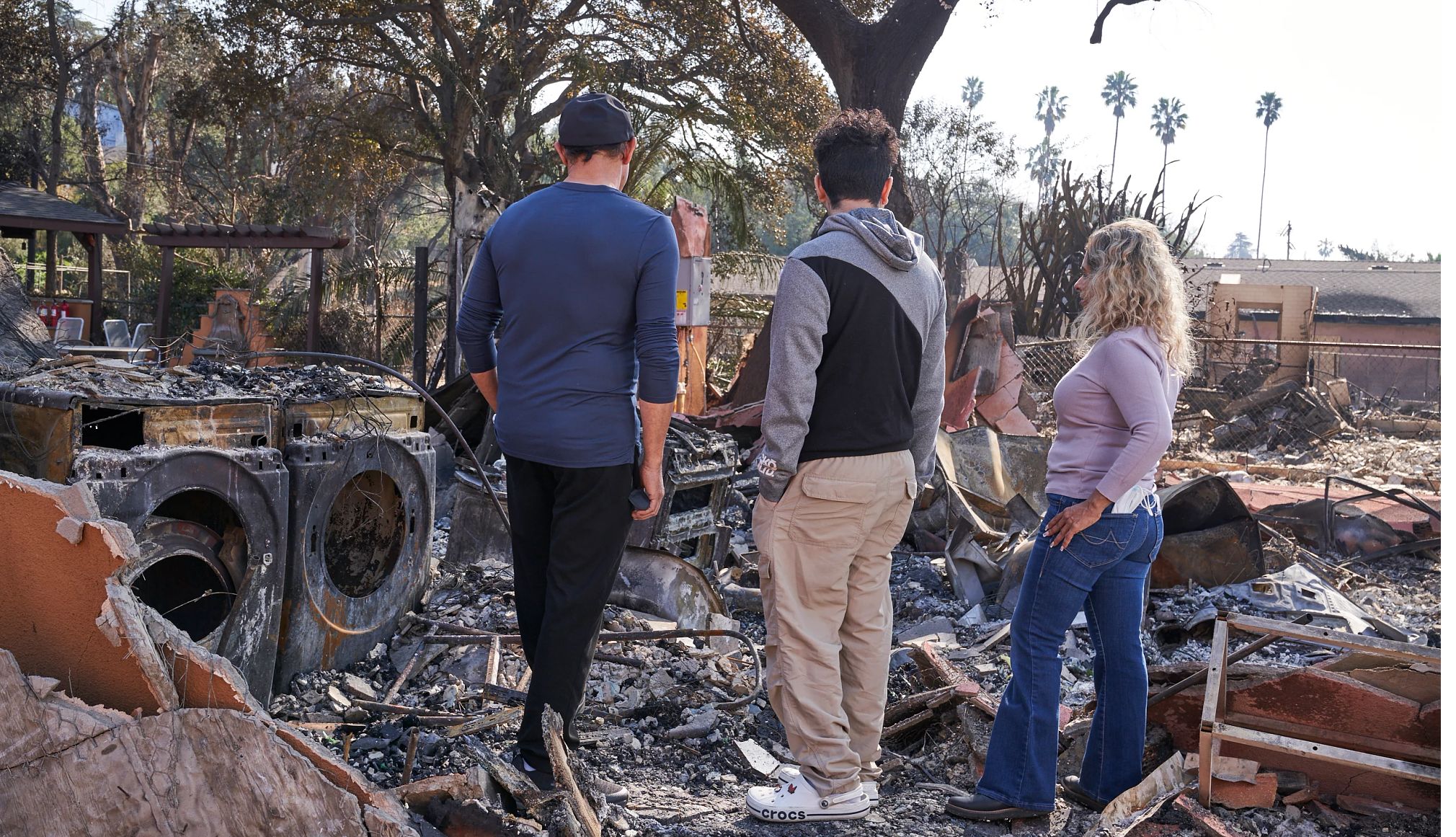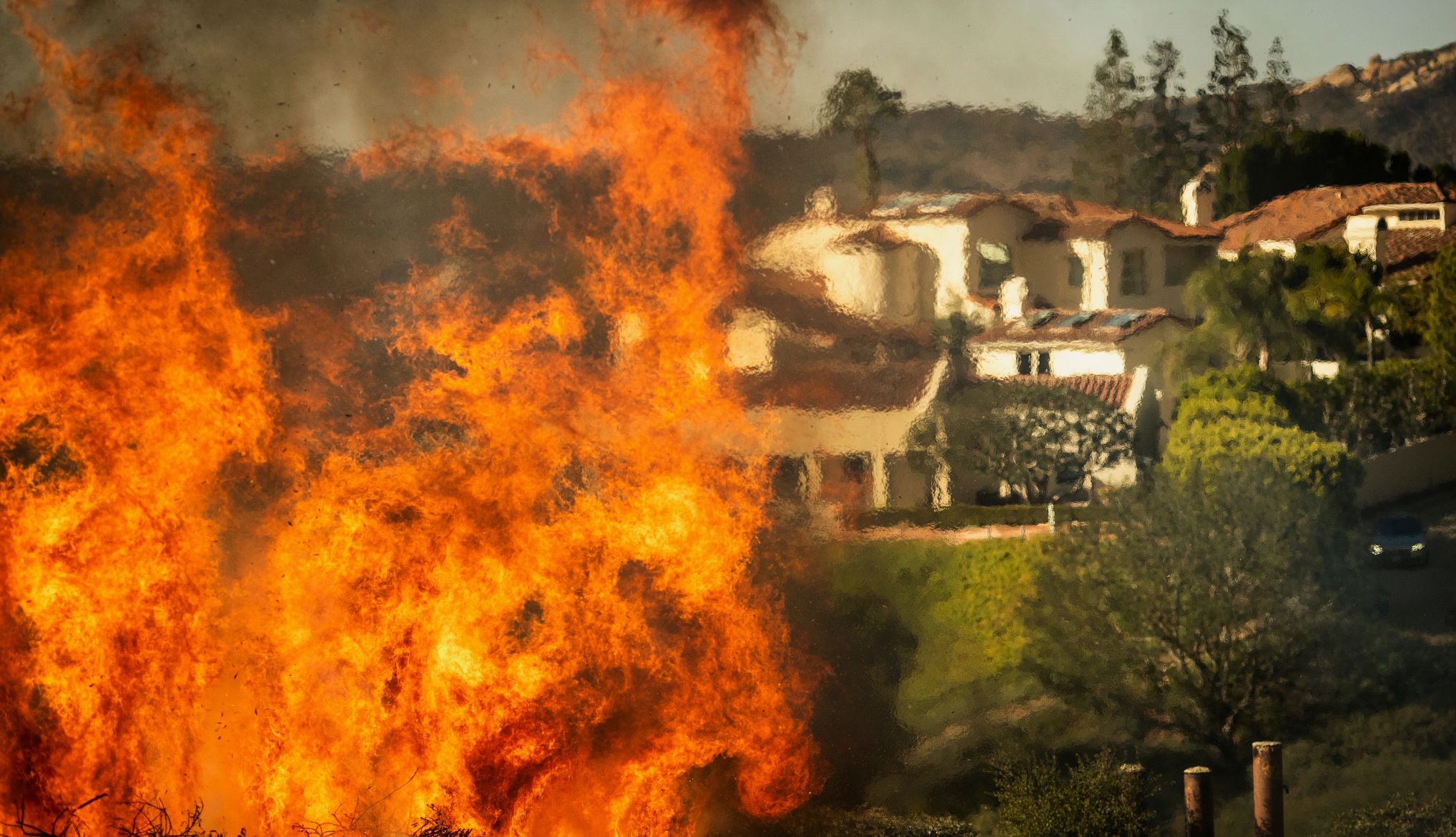AARP Hearing Center


Extreme weather events — flooding, hurricanes, tornadoes, major thunderstorms — are becoming more common in the U.S., and disproportionately affect older adults, who may have health issues, socially isolate or refuse to leave their pets or homes to go to a safer area or shelter.
When it’s all over, the aftermath can feel as overwhelming as the event itself for an older person trying to navigate repairs from water and wind damage, standing water, debris removal and mold and grime.
If your home was in a particularly hard-hit area in the path of high winds or surging water, assessing property damage can be daunting. You could face power outages, water and wind damage, standing water, and the need for debris removal, plus mold and grime.
Still, an effective cleanup is possible if you plan carefully. Here are suggestions for how to stay safe, limit further damage to your home and ensure you’re documenting property damage appropriately for when it’s time to sort out the post-storm mess.
1. Don’t rush to return
Head home to assess damage only when local authorities say it’s safe to do so. Wait until floodwaters have adequately receded and roadways have been cleared of fallen debris and power lines.
2. Come prepared with proper safety gear
Your home may not have electricity when you return, so pack flashlights or battery-powered lanterns and charge your smartphone beforehand. Also, remember that when hurricane floodwaters enter your home, the water can bring with it “an unknown level of contaminants,” says David Ragsdale, a production manager with Servpro Industries. To protect yourself against potential bacteria and mold, pack plenty of N95 masks and gloves. Ragsdale recommends latex or nitrile gloves — or even simple dishwashing gloves — for cleanup.
Wear closed-toe, sturdy shoes, long pants and long sleeves. Watch out for glass, nails or other debris that could poke through a shoe or clothing.
3. Check the exterior for safety hazards and structural damage
Before entering the house, check for evidence of downed power lines, gas line leaks, large tree limbs that may have fallen on your roof, or other signs of major structural damage. If you note any of these safety risks, don’t enter without getting a professional opinion about your home’s structural safety.
4. Document everything
Once inside, take photos of everything as it is — before you begin cleaning up. Walk through the house and photograph or record a video of each room carefully, noting any damage to the house itself, as well as your furniture, electronics and other personal property. Even photograph the insides of closets, cabinets and drawers. Don’t throw anything to the curb without photographing it first — if you do, it will be difficult to provide your insurance company with a complete damage inventory, says Jim Taylor, head of claims customer relations for Farmers Insurance.










































































More From AARP
How to Recover from a Natural Disaster
Earthquakes, floods, hurricanes, tornadoes and wildfires are all events that you can't control. We're here to help
How to Find Wireless Emergency Alerts on Your Smartphone
Text-like cellphone messages add to TV, outside sirens
7 Ways to Protect Your Home from Wildfires
New materials, landscaping help prevent fires from spreading